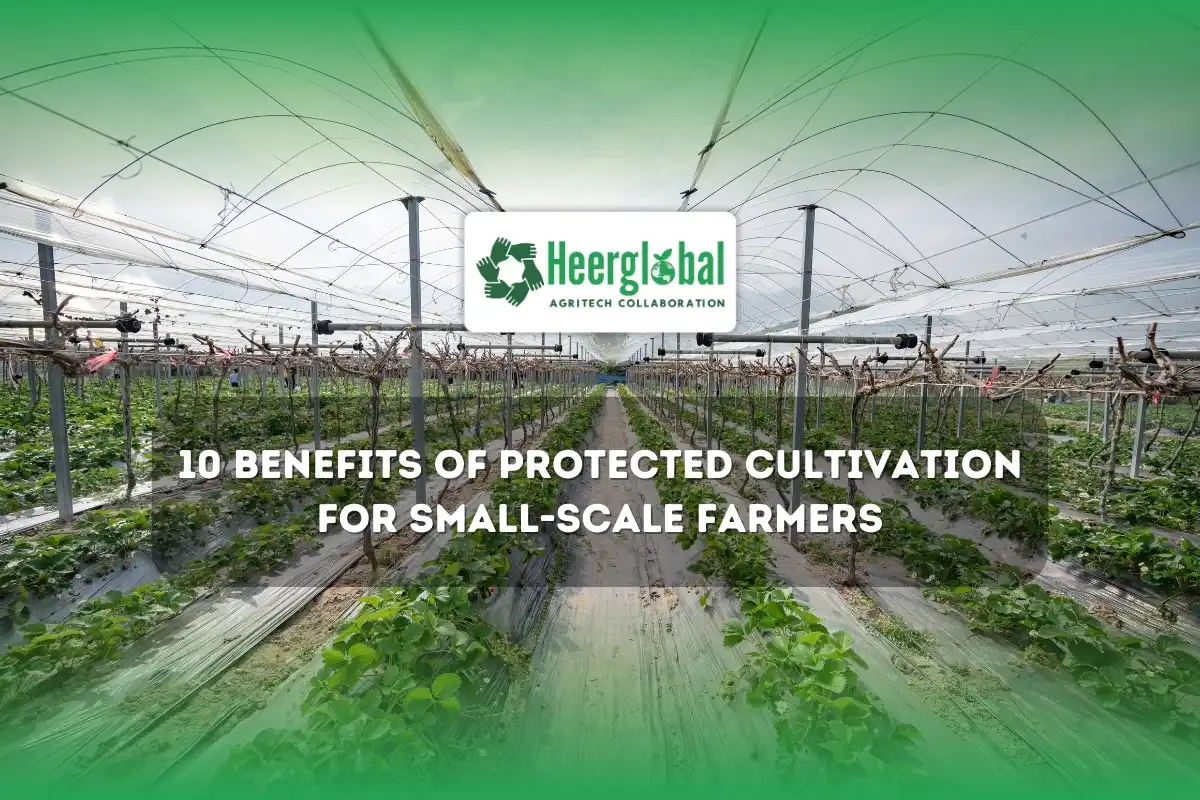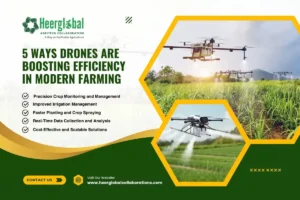10 Benefits of Protected Cultivation for Small-Scale Farmers
Protected cultivation is rapidly gaining traction among small-scale farmers, offering a myriad of advantages that can transform agricultural practices. By creating controlled environments for crops, farmers can enhance productivity and improve their livelihoods. Here, we explore ten key benefits of protected cultivation and how it can revolutionize farming for smallholders.
- Enhanced Crop Yield
One of the most significant benefits of protected cultivation is the potential for increased crop yields. By shielding crops from adverse weather conditions, pests, and diseases, farmers can cultivate more produce per hectare. This controlled environment optimizes growth conditions, leading to healthier plants and higher outputs.
- Extended Growing Seasons
Protected cultivation allows farmers to extend their growing seasons significantly. In areas with extreme weather conditions, farmers can grow crops year-round by controlling temperature and humidity. This flexibility enables them to plant more frequently and capitalize on market demand throughout the year.
- Better Resource Management
Water scarcity is a common challenge for small-scale farmers. Protected cultivation systems, such as greenhouses, allow for more efficient water use through drip irrigation and fogging systems. This precise management conserves water, reduces wastage, and ensures that plants receive the moisture they need for optimal growth.
- Pest and Disease Control
By using protective structures, farmers can minimize the risk of pest infestations and crop diseases. Enclosed environments reduce the likelihood of harmful insects entering the growing area, leading to healthier crops and less reliance on chemical pesticides. This not only improves crop quality but also contributes to sustainable farming practices.
- Improved Quality of Produce
Protected cultivation can lead to superior quality produce due to the controlled growing conditions. With optimal light, temperature, and humidity, fruits and vegetables often exhibit better taste, color, and texture. Higher quality produce fetches better prices in the market, boosting farmers’ incomes.
- Diversification of Crops
With protected cultivation, small-scale farmers can explore a wider variety of crops. The controlled environment allows for the cultivation of high-value, sensitive crops that may not thrive in open fields. This diversification can reduce risks associated with monoculture and create new market opportunities.
- Reduced Labor Costs
While setting up a protected cultivation system may require initial investment, it often results in reduced labor costs over time. Automated systems for irrigation and climate control can lower the need for manual labor, allowing farmers to allocate their workforce more efficiently.
- Better Climate Resilience
As climate change poses increasing challenges for agriculture, protected cultivation provides a buffer against extreme weather. Farmers can mitigate the impacts of droughts, floods, and unpredictable temperatures by using protective structures. This resilience is crucial for maintaining stable food production.
- Access to New Markets
Farmers who adopt protected cultivation can access new markets that prioritize high-quality, fresh produce. Urban markets, restaurants, and supermarkets often seek locally sourced, premium fruits and vegetables. By meeting these demands, farmers can enhance their profitability and expand their customer base.
- Sustainable Practices
Finally, protected cultivation encourages more sustainable farming practices. By minimizing chemical use, optimizing resource management, and increasing biodiversity, small-scale farmers can contribute to healthier ecosystems. This sustainable approach not only benefits the environment but also enhances the reputation of farmers in the market.
Conclusion
Protected cultivation represents a transformative opportunity for small-scale farmers. By leveraging the benefits of this innovative agricultural technique, farmers can enhance productivity, improve the quality of their produce, and achieve better financial stability. As the demand for sustainable and high-quality agricultural products continues to rise, investing in protected cultivation could be the key to success for smallholders.
For more information on how to implement protected cultivation techniques and enhance your farming practices, contact Heerglobal Agritech Collaborations Pvt. Ltd. today!




